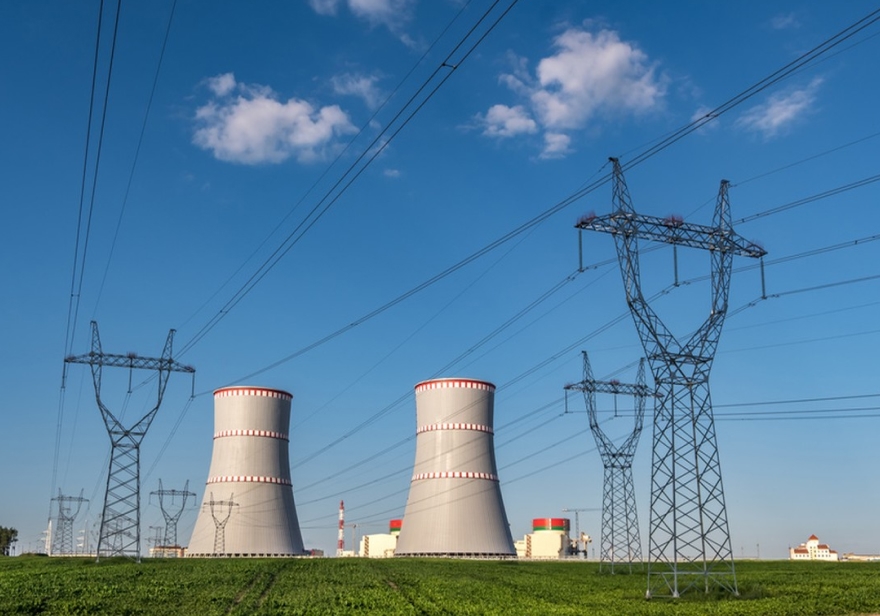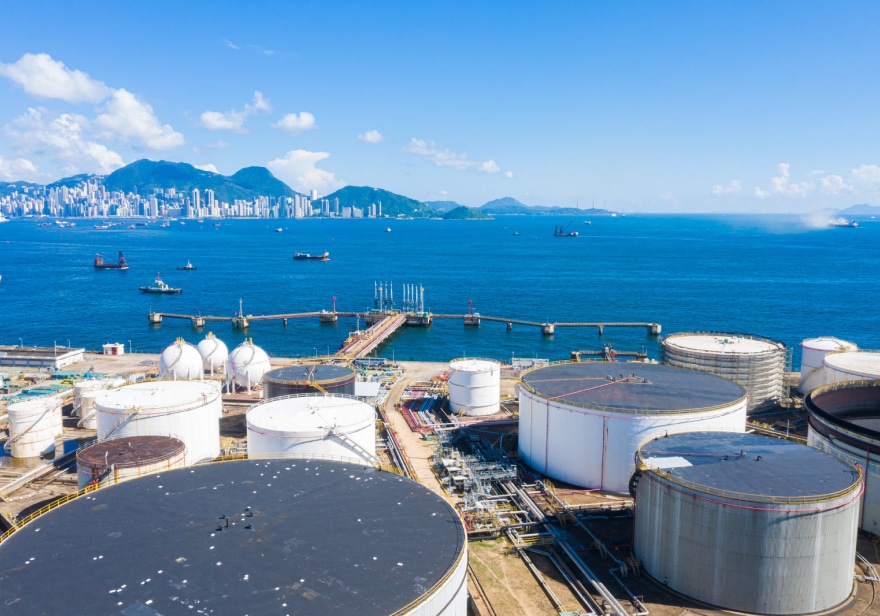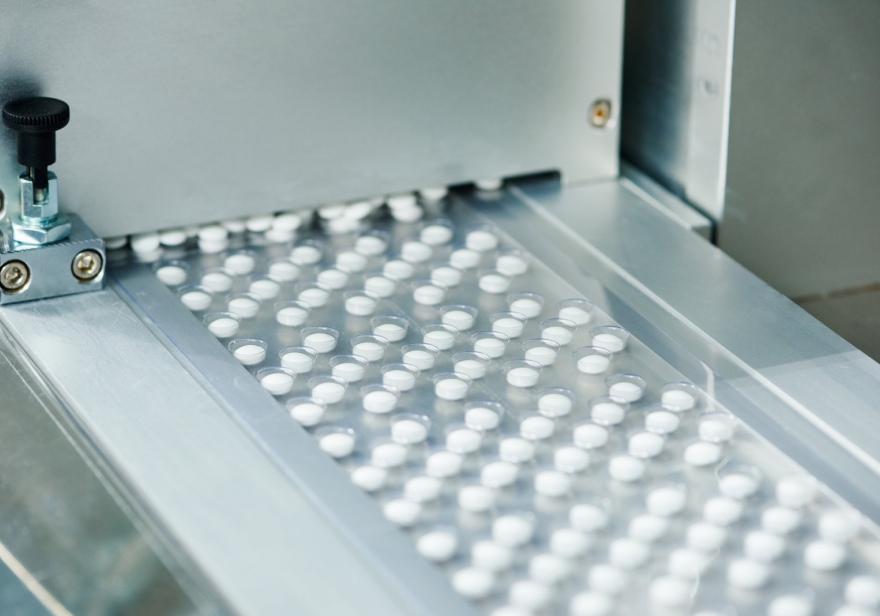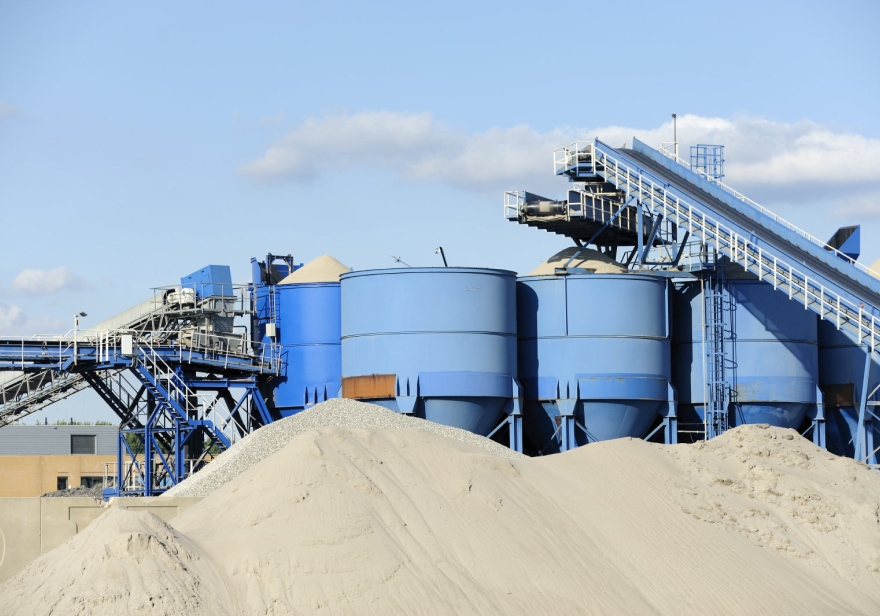Project Information
-
End UserYunnan Yuntianhua Petrochemical Co.,Ltd.
-
LocationYunnan, China
-
Scope of SupplyAPC
Overview
Iso-octane unit in this project adopted the CDAlky® technology. The adjustment system of the unit was complex, with non-linearity, long delays, and multivariable coupling. Before the operation, the production and operation of the unit were primarily based on manual experience. There were differences in operational habits and methods among different shifts. The key process parameters of the unit showed significant fluctuations, and the operation was unstable, resulting in higher power consumption.
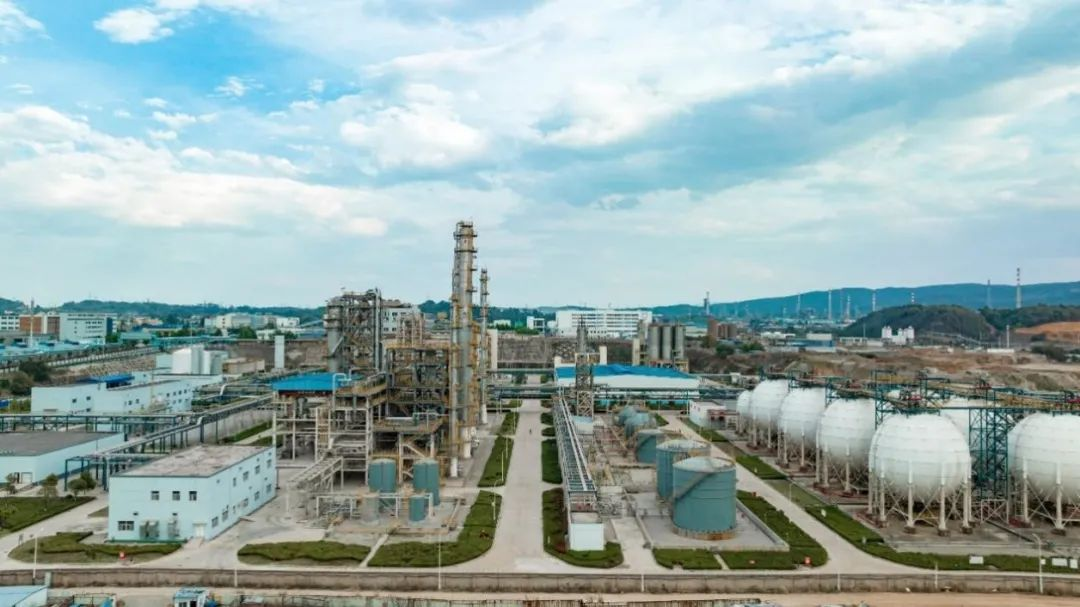
Solutions
To further improve automation level of the unit, stability of process indicators, and safety of operation, Yuntianhua Petrochemical collaborated with HollySys. We introduced advanced control technology and implemented our HiaAPC for the iso-octane unit, achieving refined control of the unit. The project utilized multivariable robust predictive control software, primarily employing MPC (Model Predictive Control) algorithm. Additionally, it incorporated HollySys’s expertise algorithms developed over many years in the petrochemical and fine chemical industries to ensure system performance and controller robustness.
Results
Upon project implementation,the APC controller achieved a utilization rate of 100% and a stability rate of 99.96%. The self-control rates for critical and general loops are 100% and 98.67% respectively. The average standard deviation of key operating parameters decreased significantly by 75.78%. Steam consumption per unit decreased from 0.74t/t to 0.706t/t with the application of HiaAPC system, resulting in a 4.59% reduction. Power consumption decreased from 141.11kWh/t to 139kWh/t with the application of HiaAPC system, resulting in a 1.5% reduction. Fresh sulfuric acid consumption decreased from 62.24kg/t to 60.51kg/t with the application of HiaAPC system, resulting in a 2.8% reduction. Operational occurrences decreased significantly from 3986 times every 3 days to 762 times every 3 days, resulting in a 81% reduction.





